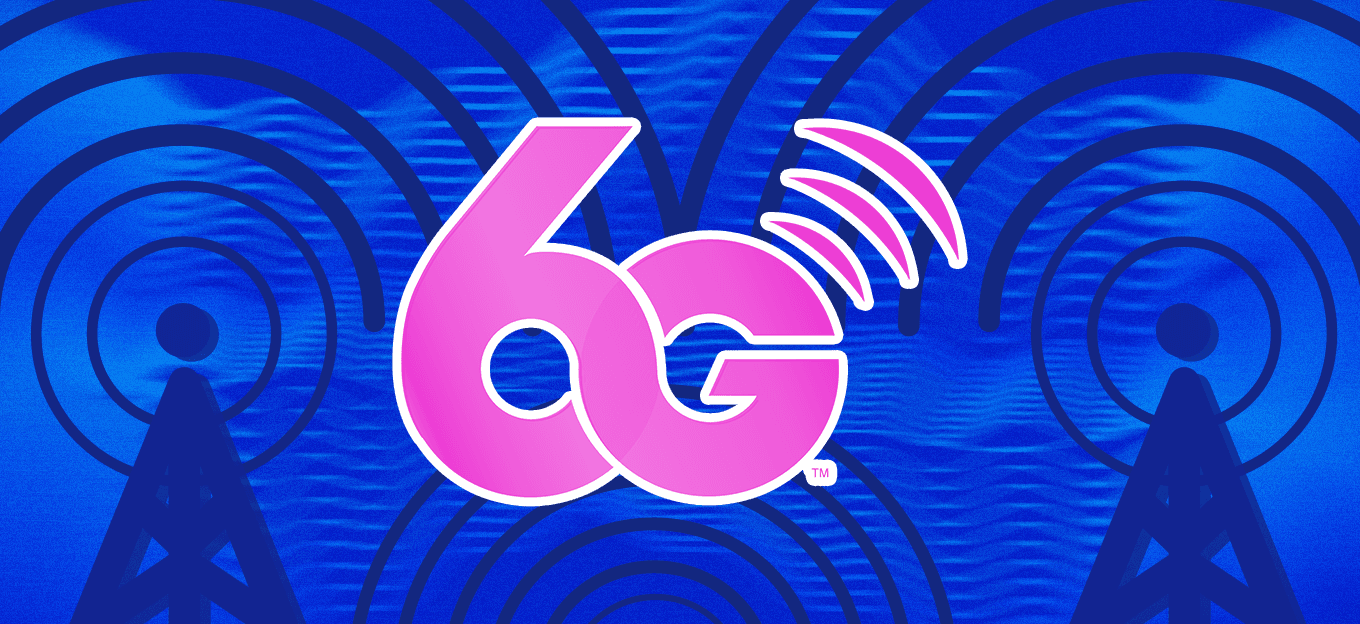Preparing for a 5G Future: How Telcos Will Monetize New Technology
Preparing for a 5G Future: How Telcos Will Monetize New Technology
- Last Updated: December 2, 2024
Guest Writer
- Last Updated: December 2, 2024



Touted as the technology with revolutionary potential, 5G is moving past the buzzword stage. Nations are racing to the next-gen wireless connectivity and the supposedly limitless opportunities it will enable.
The fifth generation (5G) networks promise unparalleled speed and capacity along with low latency and fiber-like performance on-the-go. 2018 Winter Olympics in South Korea allowed fans to catch a glimpse of what a 5G future might hold. Multiple cameras around the Olympic Ice Arena captured 360-degree videos of figure skaters allowing viewers "to stop the action to view twists and turns from every angle."
With finalized standalone 5G-NR standards, we can expect wide deployment of the technology to start in early 2020. By 2025, the number of 5G subscriptions is forecast to rise to 2.61 billion. Inspired by these exciting prospects, major telecom. players are heavily investing in the new technology. This year, Verizon plans to spend "$17.8 billion towards Capex, including the commercial launch of 5G."
Upgrading to 5G undoubtedly requires massive expenditure, but how can telecoms. ensure 5G ROI?
Supreme Connectivity
With latency as low as 1 ms. and blazing speeds up to 4 Gbps, 5G is set to deliver lightning-fast connectivity. A wider range of frequency bands and enhanced capacity means that the next-gen. wireless networks will be able to accommodate much greater numbers of connected devices, driving overall growth for IoT. Given the rising consumer demand for connected homes, electronics, and cars, by 2023 there will be 20 billion connected IoT devices.
Automotive and manufacturing sectors have traditionally been the early adopters of IoT, but connectivity service providers (CSP) can increase revenues by underpinning digital transformation for many more industries—from healthcare to agriculture to retail. By 2026, an estimate suggests that IoT revenue opportunity will reach $1.8 trillion.
A Slice of 5G
To reap the full potential of new, powerful 5G networks, operators rely on network slicing—a novel architecture that introduces logically independent network "slices" running over a shared physical infrastructure.
By utilizing the network slicing model, CSPs can tailor a given network slice to highly specific Applications and unique business requirements regarding capacity, latency, quality of service, security, etc. Telemedicine, for instance, is a data-heavy service that requires a higher bandwidth, ultra-reliable network, while billions of sensors from less mission-critical IoT-enabled devices could use a low-power network slice.
5G Monetization Strategies
This granular slicing allows for new 5G monetization models. Tech. companies are coming up with smart ways to manage new revenue streams. At Mobile World Congress, Ericsson demoed a powerful revenue management solution that allows for real-time monetization of 5G slices depending on performance and cost characteristics. Think of it like monetized "containerization" of 5G network "space" akin to how Kubernetes allows for the scalable monetization of cloud computing space.
UHD Mobile Video
The demand for video over mobile is soaring. According to Ericsson, video will account for 75% of mobile data traffic by 2022. And 5G networks will not only underpin the growing demand for bandwidth-hungry video streaming applications; they will also ensure a superior quality of experience.
With 5G's ubiquitous connectivity and higher speeds, mobile customers will be able to enjoy ultra HD videos across any platform wherever they are. Increased network capacity and lower end-to-end delays will support high-resolution live streaming even at public events—think sports games, music concerts, etc.
Real-Time VR
VR applications are extremely latency sensitive. Latency above 20 ms. can lead to motion sickness. Today’s 4G connectivity, with an average delay of 50 ms., places significant constraints on creating “live” virtual experiences.
With its ultra-low latency, 5G is poised to provide a truly immersive VR experience. To prove the point and demonstrate the possibilities of its commercial pre-5G network, Verizon put the technology to the test at a basketball court. Wearing 5G-powered first-person goggles with mounted cameras, NBA players not only watched but practiced their game, relying only on 5G-streamed video.
Location Awareness
By relying on higher bandwidths, denser networks, and more connected devices, the cutting-edge 5G technology will elevate location awareness. The 5G-NR standard promises to improve positioning to sub-meter accuracy with no extra burden on the device battery.
Highly accurate location estimates that are critical for location-based services will allow network operators to seize new business opportunities with manufacturers of self-driving cars, intelligent traffic systems (ITS), drones, and other connected devices.
Improved positioning will also have huge implications for marketers allowing them to understand who their customers are, where they are now, and where they are going. This granular targeting—paired with rich data from a host of connected devices—will enable brands to optimize their targeting strategies to reach customers with a personalized offer at exactly the right moment.
5G: Looking Forward
5G wireless connectivity has a truly disruptive potential for virtually every industry—from media and entertainment to transportation to telemedicine. As providers of this technology, network operators can acquire plenty of new revenue if they recognize business opportunities and develop practical Applications.
Written by Olga Ezzheva, a technology writer at Oxagile.
The Most Comprehensive IoT Newsletter for Enterprises
Showcasing the highest-quality content, resources, news, and insights from the world of the Internet of Things. Subscribe to remain informed and up-to-date.
New Podcast Episode

Moving Past the Pilot Phase in IoT and AI
Related Articles



